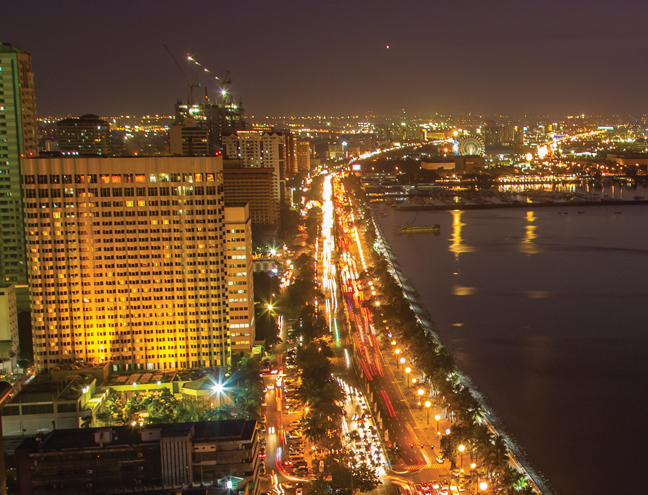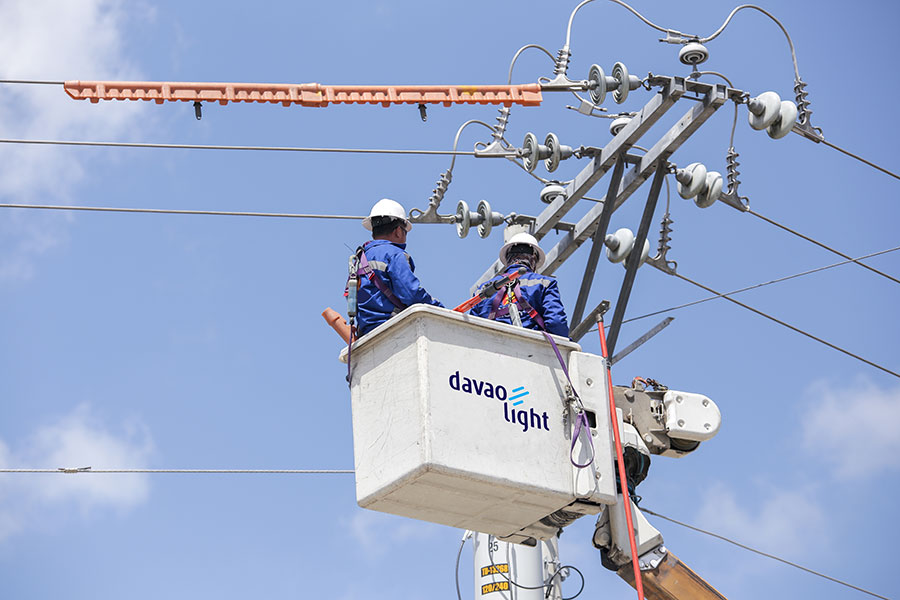It has been said that the most expensive energy in the world is having no energy at all. Millions of Filipinos — including the 8 million who use less energy than a typical refrigerator — will attest to this fact. An insufficiency or, worse, the lack of energy sends jitters and insecurity to any Filipino household. Energy security and reliability is paramount – no ends, ifs or buts about it.
The question then is how to balance this pressing need with other equally important objectives – to deliver energy access to more Filipinos, to create a reliable electrical grid system, and to bring more affordable power while being part of the global movement to reduce greenhouse gas emissions. And all these must be resolved within the Philippine context: an archipelagic land mass featuring a young, rising population marching towards upper middle-income status.
One clear answer, not unto itself sufficient but a part of a suite of needed solutions, is in launching LNG-to-power gas plants. LNG or liquified natural gas is simply natural gasses like methane, ethane, propane and butane that are cooled to minus 162 degrees Celsius to liquid form for safe transport and handling.
Unlike piped in gas from Malampaya, LNG is transported from sources all over the world in ships. As a cleaner source of power, LNG is seen as a transition fuel source for the Philippines and for many other parts of the world, including Vietnam, Bangladesh, Germany, etc., as it provides for more flexibility in power generation, hence supporting the entry of variable renewable energy.
When LNG reaches its destination, it is heated up to reach its gaseous state, ready to be fed into power plant turbines. This entire orchestra is a complex endeavor due to the very nature of LNG itself, the structure of the LNG industry, and the rising demand for LNG.
While LNG as a commodity is already difficult to store, the LNG industry adds another layer of complexity, as it involves a highly concentrated mix of producers – Qatar, Australia, Russia, Algeria, the United States, etc. – who need to spend billions of dollars each year to explore and develop new gas fields. It is a highly capital intensive industry — an LNG terminal alone can cost from $500 million to $2 billion — that requires years and years of planning and execution to bring on new capacities to the market.
The challenges are further compounded when one considers that there is rising demand for LNG. In Southeast Asia alone, demand for LNG will more than double from 1.6 billion cubic meters in 2020 to over 3.3 billion cubic meters in 2050. This rising demand for LNG has made the current market situation a sellers market whether in terms of providing supply, expertise or capital.
The Philippines is in a race with other countries to secure reliable LNG supply, capable LNG talent, and attractive LNG financing. The quantum of LNG fuel procurement alone — notwithstanding the power plant, storage or regasification facilities themselves — can be upwards of $1 billion a year. Layer in the newness of LNG as an energy source for the Philippines together with the complexity and costs involved and it is evident that LNG is not an undertaking for the faint of heart.
The complexity and high capital requirements of LNG vis-à-vis the Philippine energy security imperative are the very reasons why we decided to invest in the country’s first integrated LNG facility in the country together with partners. This massive endeavor is a mountain too high for just one group to successfully tackle alone. The risks are too great and the stakes are too high for a lonesome, cavalier effort.
Properly pooling talent, capabilities and resources is the optimal, if not the only, avenue for enabling this country’s shift to a less carbonized economy. By combining capabilities, there is greater ability to manage, absorb and mitigate the massive operational, financial and other requirements and risks of LNG in the open, market-driven Philippine power sector. Otherwise, the likelihood of yellow alerts, red alerts and even power outages as experienced today may be higher.
They say it takes a village to raise a child. It will take combined capabilities to bring about the promise of LNG and energy security in the Philippines.
This article is written by AboitizPower Chief Investment Officer Joseph Lacson.
Joseph Lacson is an accomplished business leader with extensive global expertise in investments, strategy, and business development. A Baker Scholar graduate of Harvard Business School, he has worked for companies like Procter and Gamble, Inc., Chope, and Microsoft, where he directly reported to business magnate and tech titan, Steve Ballmer. Joseph recently joined AboitizPower as its Chief Investment Officer, leading the investment efforts of the company across all facets — thermal and LNG, renewable energy, distribution, and emerging technologies.



